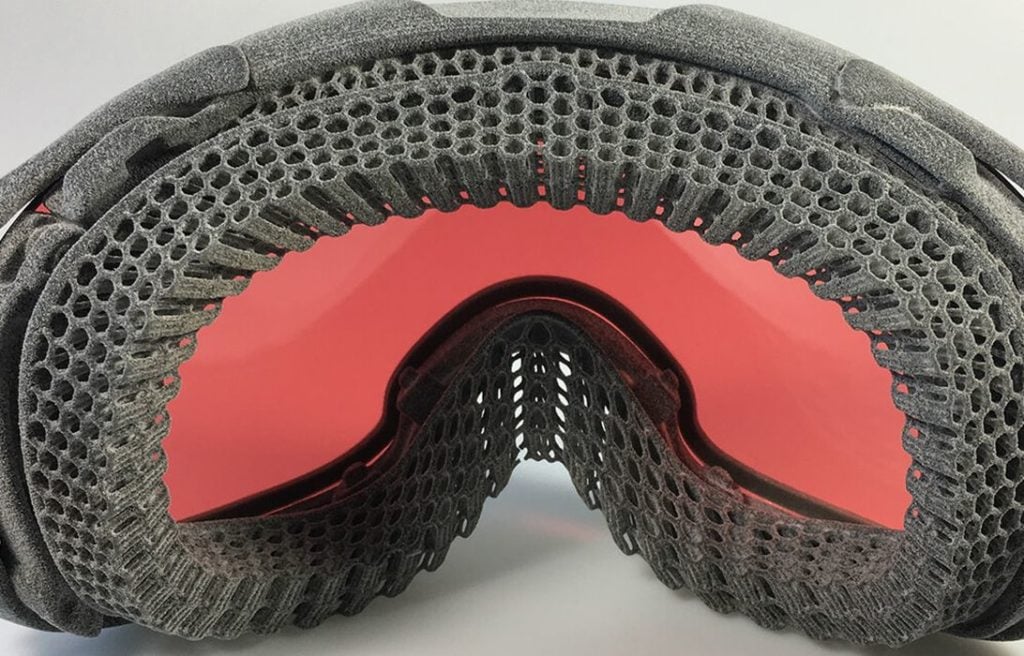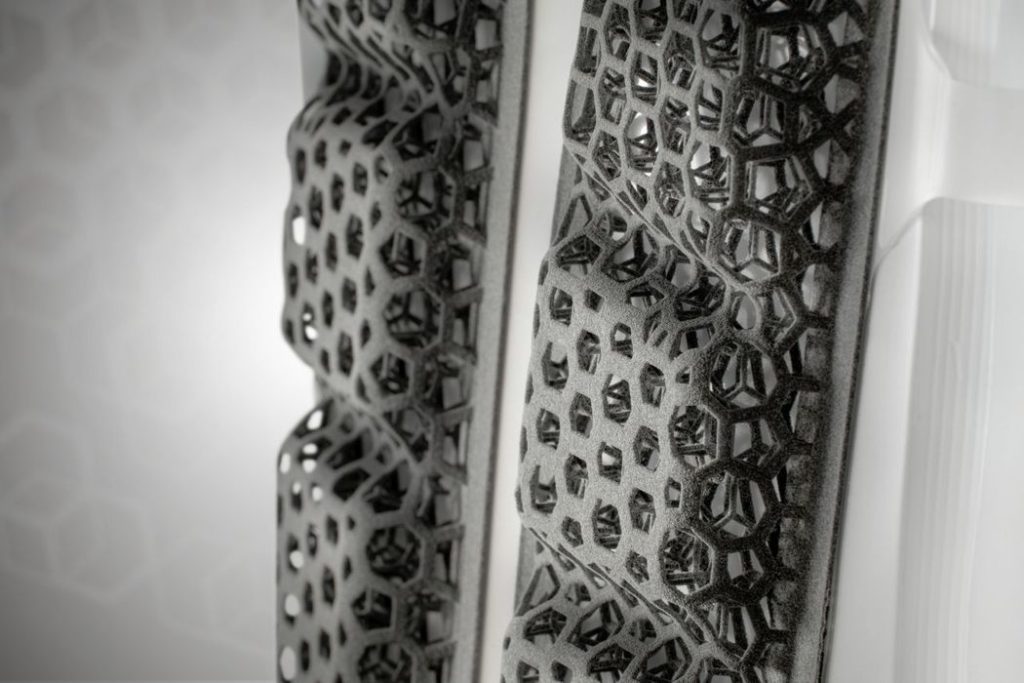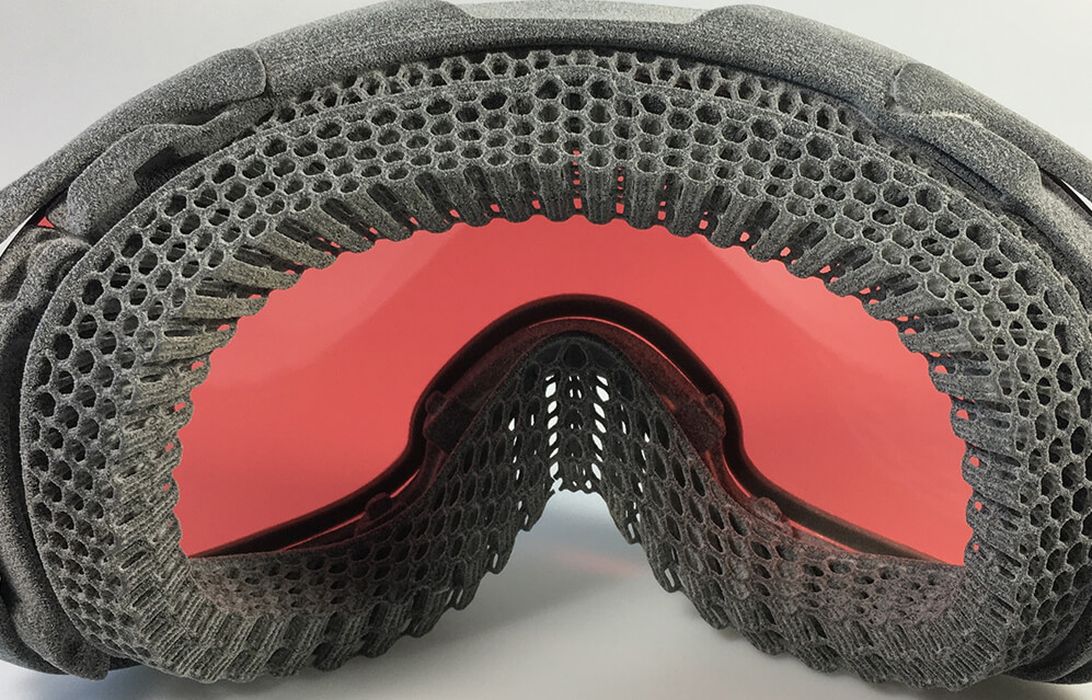
There are many companies now using additive manufacturing approaches, but OECHSLER seems to be doing so successfully by leveraging all the benefits.
OECHSLER is a large German manufacturer that actually launched in 1864 as a button maker. Today they are a global organization producing polymer products for a wide variety of industries. Their have more than 3,000 staff in locations worldwide, and draw in in excess of €400M (US$450M) each year.
The company’s product areas include a number of industrial parts, including actuators, pump components, healthcare products, injection molding systems, and sporting goods. They even produce autonomous driving equipment. In recent years, however, they’ve delved into additive manufacturing.
In a case study described on 3D-grenzenlos, the company produced a new sports product, ski goggles. While this might seem to be a routine product, it actually was not when you look behind the scenes to see what was accomplished.
Apparently the product’s lifecycle went from design to production in ONE WEEK.
This is quite astonishing, even for 3D printing. Typically the design phases can be quickened by using iterative prints to focus on the eventual solution. However, setting up production is another matter.
Their design process involved disassembling a set of standard ski goggles to understand dimensions and other requirements, including the need for a mix of rigidity for the frame and softness for the parts that touch the wearer. They decided to 3D print the new goggles in TPU material that was sufficiently rigid to become the frame, yet soft when using lattice structures on the inside.
In this way they eliminated several parts of the typical 18 used in ski goggles. Much like NASA’s rocket engines, they were able to reduce the number of parts significantly with a redesign leveraging 3D printing advantages.
The parts can then be directly 3D printed en masse to be ready for final assembly, which appears to require only the installation of the visor film.
For me, this project hits a number of high points for use of additive technology:
- Reducing the number of parts
- Significantly shortening development time
- Leveraging metamaterials (lattices) in the design
- Significantly reducing time to production
- Production using 3D printers

This is not the first such project for the company. Apparently they’ve already designed advanced automotive seating, bicycle saddles, football helmet pads, lattice-style midsoles, and a fully recyclable outdoor backpack, all using AM. It seems that after executing several projects of this type, they’ve gotten much faster. That’s something other manufacturers should take note of.
As you may have suspected, it appears that OECHSLER is using Carbon’s DLS system and Design Engine for many of these products, in addition to EOS equipment for other uses.
The projects undertaken by OECHSLER might be indicative of the future of manufacturing, where advanced design ideas are very quickly realized in production.
Via OECHSLER and 3D-grenzenlos (Deutsche) (Hat tip to Benjamin)

